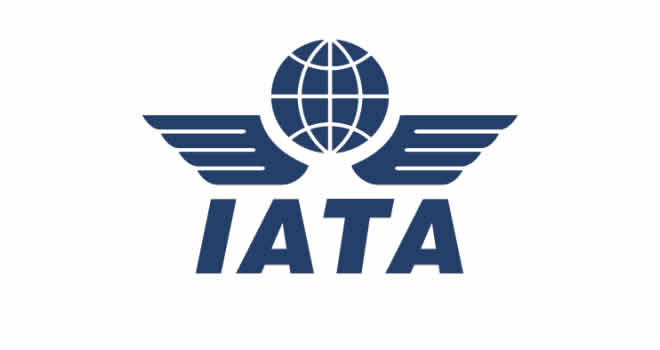The International Air Transport Association has projected $36bn net profits for airlines in the 2025 financial year, an improvement from the $32.4bn earned in 2024.
This was contained in the 2025 Airline Industry Financial Outlook, signed by Willie Walsh, IATA’s Director General, and made available to journalists on Tuesday.
IATA stated that the 3.7 per cent net profit margin for 2025 is an improvement from the 3.4 per cent earned in 2024 and the previously projected 3.6 per cent.
Also, the return on invested capital at 6.7 per cent improved from the 6.6 per cent earned in 2024 and is largely unchanged from previous projections.
Operating profit is projected at $66.0bn, improved from an estimated $61.9bn in 2024, but down from the previously projected $67.5bn.
Besides, total revenues stand at $979bn, an indication of a 1.3 per cent boost from the 2024 total revenues, but below the $1trn previously projected.
Speaking on the outlook, IATA’s Director-General, Willie Walsh, said that the first half of 2025 had brought significant uncertainties to global markets. He noted that the biggest positive driver is the price of jet fuel, which has fallen 13 per cent compared with 2024 and one per cent below previous estimates.
He said, “Moreover, we anticipate airlines flying more people and more cargo in 2025 than they did in 2024, even if previous demand projections have been dented by trade tensions and falls in consumer confidence.
“The result is an improvement of net margins from 3.4 per cent in 2024 to 3.7 per cent in 2025. That’s still about half the average profitability across all industries.
But considering the headwinds, it’s a strong result that demonstrates the resilience that airlines have worked hard to fortify.”
Walsh maintained that perspective was critical to put into context such large industry-wide aggregate figures.
He said earning a $36bn profit was significant, but it equates to just $7.20 per passenger per segment.
He asserted, “It’s still a thin buffer, and any new tax, increase in airport or navigation charge, demand shock or costly regulation will quickly put the industry’s resilience to the test.
“Policymakers who rely on airlines as the core of a value chain that employs 86.5 million people and supports 3.9 per cent of global economic activity must keep this clearly in focus.”















